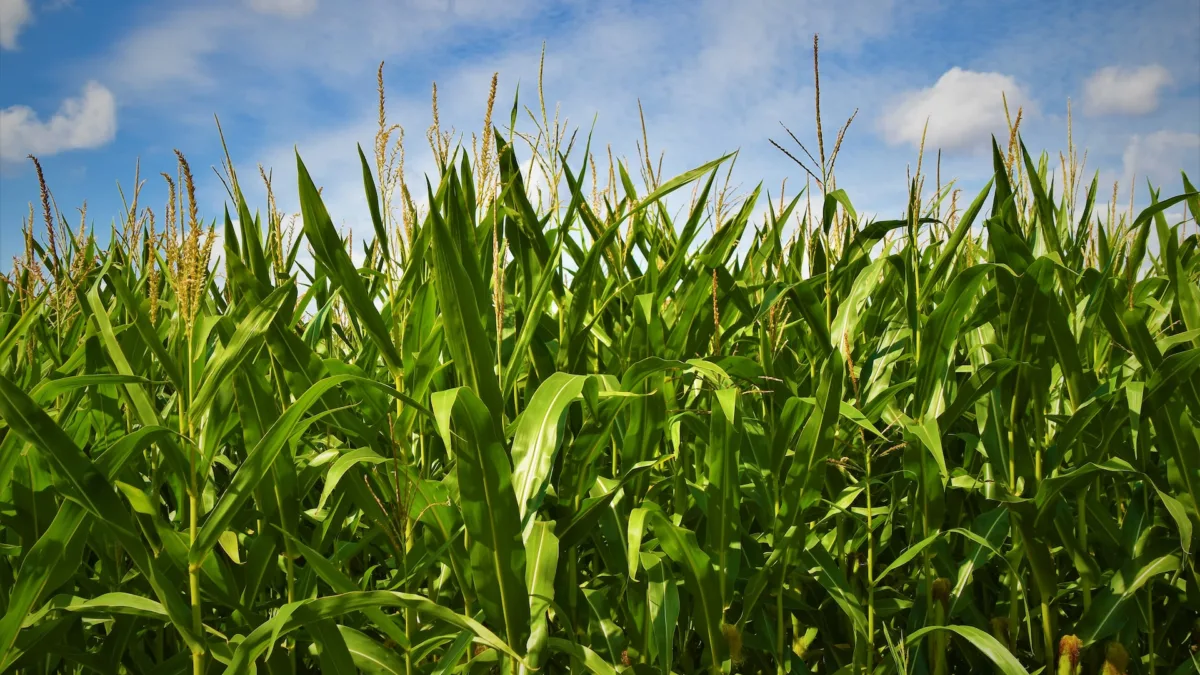Corn is a wonderful crop to grow. It’s easy to grow and can be harvested quickly. Therefore it is one of the most popular crops grown in home gardens because it produces so many ears per plant. In this post we’ll walk through everything you need to know about growing corn: from planting seeds into rows on your property, watering your plants and harvesting your maize.
The history of corn
Corn is a staple crop in many countries, and it’s also widely used as food. The history of corn can be traced back to Mexico, where it was first domesticated about 10,000 years ago. For over 5000 years it was the most important food to grow and critical to the survival of the population. Floods and droughts lead to disaster and therefore, the Aztecs needed to avoid those. This way, corn became an important part of their religious rituals and ceremonies; throughout the different stages in the plants life, they worshiped the plants with festivals and offerings. You can read more about this fascinating history at Mexicolore.
When to plant your corn seeds?
Plant your seeds in late spring. The best time to plant corn is, when the soil has warmed up and the weather is warm enough for germination. In most regions between late March and early May. The soils temperature should be at least 60 deg Fahrenheit (~16 deg Celsius).
The corn plants have a sensitive root system, why it is not a good idea to start corn indoors. If you have a short growing season, choose an early variety, which will mature before the first fall frost. Earlivee is one of the earliest varieties and needs around 60 days to maturity and is a very sweet variant.
How to plant maize
After you have kept the seeds for about 24 hours wrapped in moist paper towels, you should place them at least one and a half inches (~ four cm) deep and two to four inches (~five to ten cm) apart. You should plant at least a block of twenty plants. The plants need to pollinate each other and the more plants you grow together, the better.
This is also the reason, why you shouldn’t just grow a single row of corn. Maize is pollinated by wind, so if you have just one row of corn plants growing next to each other, then those plants will be less likely to produce fruit because they won’t be pollinated.
What to consider during the growing season.
To ensure healthy growth, you’ll need to water the corn regularly. Don’t let the soil dry out, though—if you do, your plants will die back and stop producing fruit. Depending your climate two inches per week is usually enough. Don’t overdo things: Overwatering can actually cause more harm than good because excess moisture will encourage diseases.

Once your plants are about four inches tall, you should start to thin them out. Afterwards the plants should be 12 to 18 inches apart. Depending on your variety corn can grow up to 12 feet (3.6 meters). If you grow a tall variant, you should thin them even more, so the plants are up to 24 inches apart.
If you want to use a fertilizer, you should choose a 10-10-10 one and if you live in a windy area, you need to consider measurements to keep your plants stable. Once the plants are high enough, you could mound some soil around the base of your plants.
When to harvest
While you’re waiting for your corn to grow, keep an eye on the silk. You’ll know when it’s ready to harvest when the white silk turns brown and breaks off from the cob. Once this happens, cut down all of your green cobs at once. Be careful not to damage any remaining green parts of the plant or they will die back and need replanting later on!
Another good indicator whether your corn is ripe for harvesting is when the kernels are plump and full.
Corn is the most widely grown crop in the world, and for good reason. It’s easy to grow and has a wide variety of uses. Corn is also one of the most nutritious foods on earth—and it’s delicious!

